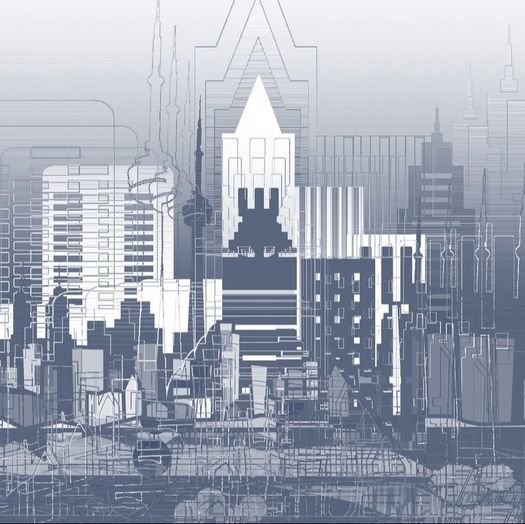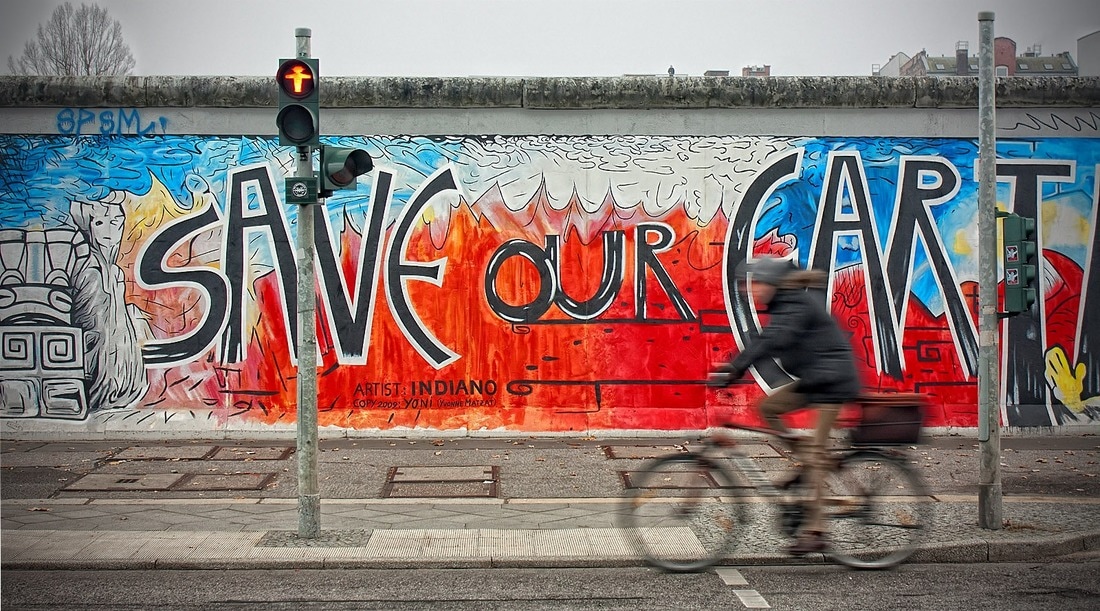|
Remembering Resistance is a programme of research, events & collaborations which explores the relationships between protest, power & place. It focuses on women's activism and examines how women have changed their relationship to power over time. It's innovative & interdisciplinary, bringing together theory & methods from urban design, history, & politics. It's also deeply collaborative. We engage with activists, academics, artists, heritage & community organisations to develop & share knowledge about how, where and when women have fought for change.
We've carried out a number of projects over the last few years generously supported by the National Heritage Lottery Fund, the Department for Education, Media and Sport, the Economic and Social Research Council, and Lancaster University.
|
There are a number of strands to what we want to learn, and we're using a range of different approaches to explore the relationship between place and protest. You can see a bit more about the project's history, themes and ideas in the following presentation.
Typology of protestx
By examining the characteristics of protest movements and the way they interact with the urban environment, we want to develop a typology that captures the nature of protest-place-space relations. This will reveal when, why and how protesters have used urban spaces and how this has changed over time. PROTEST ROUTES & SITES
x
To understand the scope of protest, we will map protest activity in particular cities over a number of years to identify shifts in protest patterns. The outcome will be an open-access, searchable, multi-media online platform detailing protest events, setting out their routes and the sites where they have taken place. URBAN AUDITx
To understand how space shapes protest, we want to carry out audits of the urban environment implicated in different protest events. This process will make visible the physical characteristics of protest sites, assess what they afford protesters, and interpret the role space plays in shaping protest activity. |
PROTEST ARTEFACTSoral historiesMEANINGS OF PLACE & PROTESTx
As well as observing protests and analysing video and film of protest events, we want to use participatory approaches to collect data with protesters and bystanders. Exploring how protesters subvert the systems of power embodied in the urban environment, this will reveal how protestors and their opponents compete over the meaning spaces hold. |







